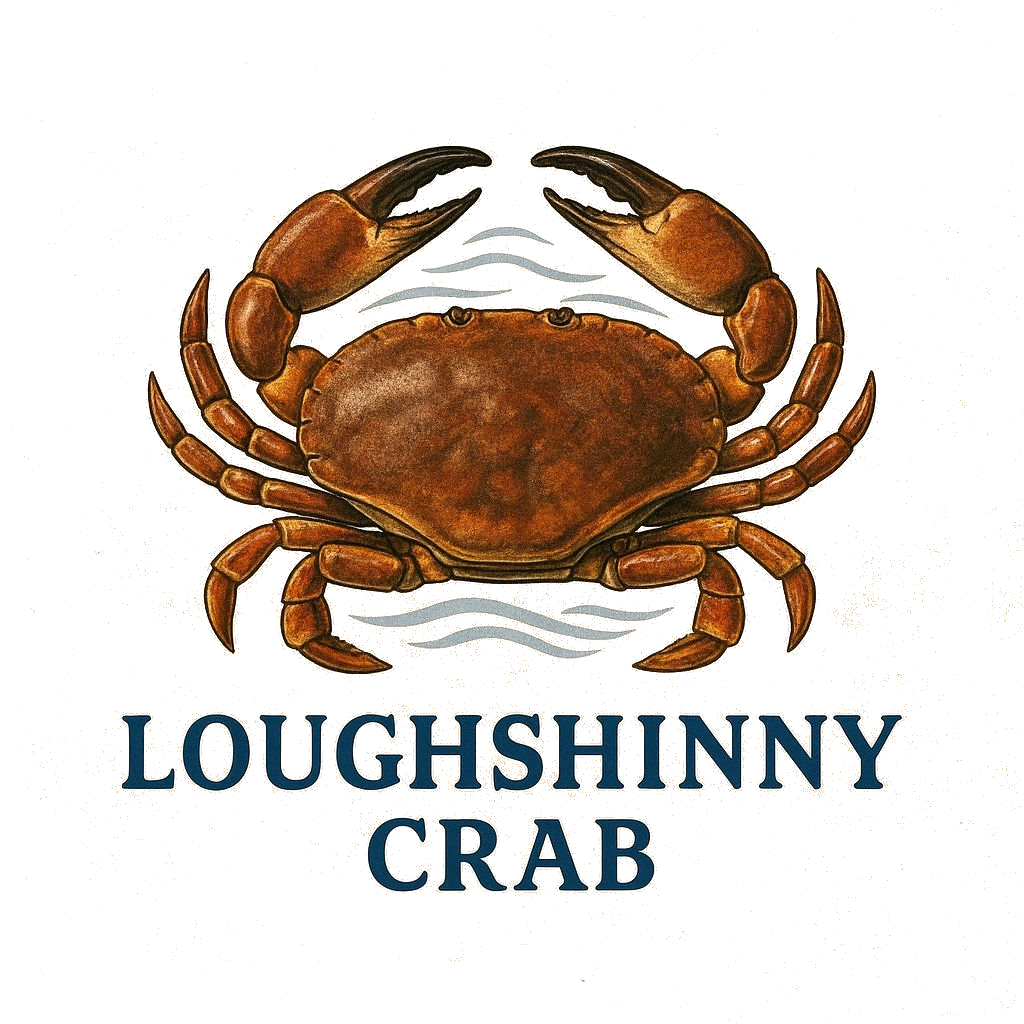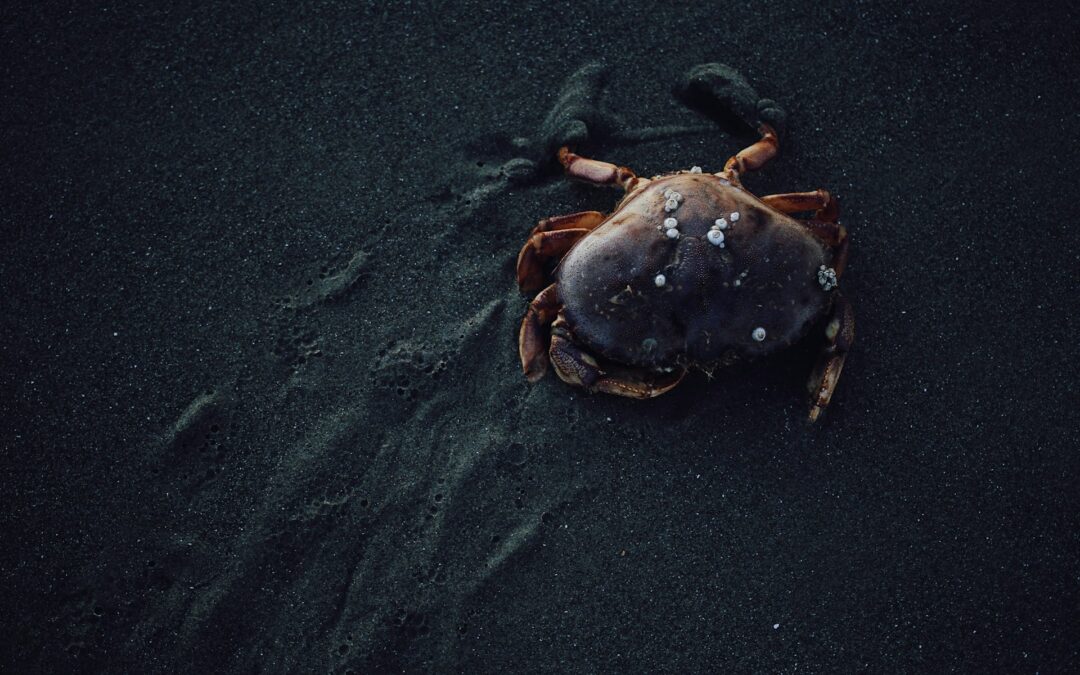Melbourne, with its stunning coastline and diverse waterways, offers fantastic crabbing opportunities for both seasoned enthusiasts and newcomers. Whether you’re a seasoned crabbing pro or a curious beginner, this comprehensive guide will equip you with the knowledge and tips to successfully hunt for your next delicious meal. We’ll delve into the best locations, ideal times to crab, essential gear, and crucial techniques to ensure a safe and rewarding experience. Get ready to explore the exciting world of crabbing in Melbourne!
Best Locations for Crabbing Around Melbourne
Finding the perfect crabbing spot is key to a successful outing. Melbourne boasts a variety of locations, each with its unique characteristics. Careful consideration of factors like water depth, salinity, and substrate type will significantly improve your chances of a bountiful catch. Remember to always check for any local regulations and permits before you head out.
Port Phillip Bay: A Crabbing Hotspot
Port Phillip Bay is arguably the most popular crabbing destination near Melbourne. Its vast expanse offers numerous excellent spots, from the shallows near St Kilda to the deeper channels around Williamstown. Different areas within the bay are known for various crab species, so research beforehand is crucial to target your preferred catch. Popular spots include Altona Pier and the areas around the mouth of the Yarra River.
Western Port Bay: Abundant Crab Populations
Western Port Bay, located south-east of Melbourne, is another rich crabbing area. This expansive bay boasts a wide variety of habitats, supporting large populations of both blue swimmer and sand crabs. However, access can be more challenging in some areas, so planning your trip and checking access points beforehand is essential. Remember to respect private property and adhere to fishing regulations in this area.
Mornington Peninsula: Coastal Charm and Crabbing
The picturesque Mornington Peninsula offers charming coastal locations alongside excellent crabbing opportunities. The calm waters and diverse habitats around the peninsula attract various crab species. However, always check local regulations as some areas may have restrictions. Explore the rocky shores and sheltered bays; you might stumble upon hidden crabbing gems.
Essential Gear and Equipment for a Successful Crabbing Trip
Having the right equipment can significantly enhance your crabbing experience and improve your chances of a good haul. Investing in quality gear will make your trip safer and more efficient, leading to a more enjoyable overall experience. Don’t skimp on essentials – your success depends on it.
Crab Pots and Traps: Choosing the Right One
Crab pots, also known as crab traps, are essential tools for catching crabs. Different types of pots are available, each with advantages and disadvantages. Some are designed for specific crab species, while others are more versatile. Research the different types and choose the one that best suits your needs and target species. Remember to check the size of the mesh to ensure it adheres to regulations.
Bait: Attracting Your Crabby Friends
Selecting the right bait is crucial for attracting crabs. Popular choices include fish heads, chicken scraps, and pilchards. The type of bait you use can depend on the species you are targeting, so researching preferred baits for your target crab is recommended. Experiment with different options to find what works best in your chosen location.
Other Necessary Tools
Beyond crab pots and bait, you’ll need additional equipment. A sturdy rope to secure your pots, gloves for handling crabs, a measuring gauge to ensure compliance with size regulations, and a bucket to keep your catch are vital. Don’t forget a reliable means of transport, whether it’s a car, boat, or even a kayak, depending on your chosen location.
Crabbing Techniques and Best Practices
Successful crabbing isn’t just about having the right gear; it also involves mastering effective techniques. Understanding crab behavior and employing suitable strategies significantly increases your chances of a rewarding experience. Remember, responsible crabbing practices are crucial for preserving the resource for future generations.
Setting Your Crab Pots Strategically
The placement of your crab pots is critical. Consider factors such as water depth, proximity to structures (like rocks or piers), and the type of seabed. Observe the surrounding environment to identify potential hiding places for crabs. Experiment with different locations to determine what works best for your chosen area.
Checking Your Pots and Handling Crabs Safely
Regularly checking your pots is essential to avoid losing your catch to other predators or to ensure you’re not exceeding your daily limit. When retrieving your pots, handle crabs carefully to avoid injury to yourself and the crabs. Always use gloves and be mindful of their sharp claws. Release any undersized or unwanted crabs unharmed back into the water.
Understanding and Respecting Regulations
Before you embark on your crabbing adventure, familiarize yourself with the relevant regulations and licensing requirements. These regulations are designed to protect the crab population and ensure sustainable crabbing practices. Know your daily bag limits, size restrictions, and any designated areas where crabbing is prohibited. Respecting these rules is crucial for maintaining the health of our local ecosystems.
Safety First: Essential Precautions for Crabbing
Safety should always be a top priority when crabbing. Melbourne’s waterways can present various hazards, so taking precautions is crucial. Be mindful of potential risks and take steps to mitigate them to ensure a safe and enjoyable outing.
Checking Weather Conditions
Always check the weather forecast before heading out. Sudden changes in weather can create dangerous conditions on the water. Avoid crabbing during storms, high winds, or rough seas. Your safety should always come first.
Wearing Appropriate Clothing and Footwear
Wear appropriate clothing and footwear for the conditions. This might include waterproof jackets, sturdy shoes with good grip, and sun protection. Dress in layers to adapt to changing temperatures and consider wearing high-visibility clothing to enhance your visibility.
Being Aware of Your Surroundings
Always be aware of your surroundings. Pay attention to water depth, tides, and currents. Be mindful of other water users, such as boats and jet skis. Let someone know your plans and expected return time before you leave.
Conclusion: Enjoy Responsible and Rewarding Crabbing in Melbourne
Crabbing in Melbourne offers a fantastic opportunity to enjoy the outdoors, connect with nature, and enjoy a delicious, fresh seafood meal. By following the tips and advice in this guide, you’ll be well-equipped to have a successful and safe crabbing experience. Remember to always prioritize safety, respect regulations, and practice sustainable crabbing habits to help preserve this valuable resource for generations to come. Happy crabbing!

